- OT
- Our journal: past editions
- The Prevention and policy edition
- The trailblazers
The cover story
The trailblazers
From urgent eye care in Cornwall to a digital window into secondary care in Gloucestershire, OT explores how optometrists are supporting the Government’s vision for a transformed NHS

03 October 2025
Across England, neighbourhood optometry practices are offering services that support three key shifts outlined in the 10-Year Health Plan for the NHS: from analogue to digital, from treatment to prevention, and from hospital to community care.
In this feature, OT outlines how optometry services offered in Cornwall, Manchester and Gloucestershire are meeting each of these three aims – and could provide a blueprint for transforming care.
From hospital to community
A grain of sand, a piece of paper, a pet hair, a tiny microbead hidden within the folds of the fornix like a pearl within an oyster.
Optometrist, Michaela Leitso, has observed the many ways that the Cornish countryside leaves its mark on the eyes of both locals and visitors.
“They’re often minute little things but they can cause a lot of discomfort,” she told OT.
The removal of foreign bodies is one of the services that Leitso provides as part of the minor eye conditions service (MECS) on offer at Thompsons Opticians in Liskeard and Looe.
Across England, neighbourhood optometry practices are offering services that support three key shifts outlined in the 10-Year Health Plan for the NHS: from analogue to digital, from treatment to prevention, and from hospital to community care.
Within Cornwall and Devon, around 1100 monthly MECS appointments help to divert patients who might otherwise be seen in hospital to community optometry practices.
“I’m happy that we did everything we could for our patients when they needed us”
Since 2018, Thompsons Opticians have been able to save many patients a 20-mile journey to the Royal Eye Infirmary in Plymouth or a 36-mile drive to the Royal Cornwall Hospital in Truro.
A steady stream of patients with flashes and floaters, blepharitis, conjunctivitis and corneal abrasions have come through the doors of the practices in Liskeard and Looe.
Leitso has seen corneal burns from children playing with lasers, and located the source of discomfort in a child who used eye drops for weeks after a mistaken diagnosis of monocular bacterial conjunctivitis by a pharmacist.
“I removed a long hair covered in mucus from the lower fornix,” Leitso recalled.
As in other parts of Cornwall, the traditional farming and fishing community that surrounds Liskeard and Looe receives an influx of visitors during the summer months.
Looe in particular has received a tourism boost after the British crime series, Beyond Paradise, was filmed in the seaside town.
“In the past it was your bucket-and-spade crew, but now there are more upmarket holiday makers,” Leitso said.
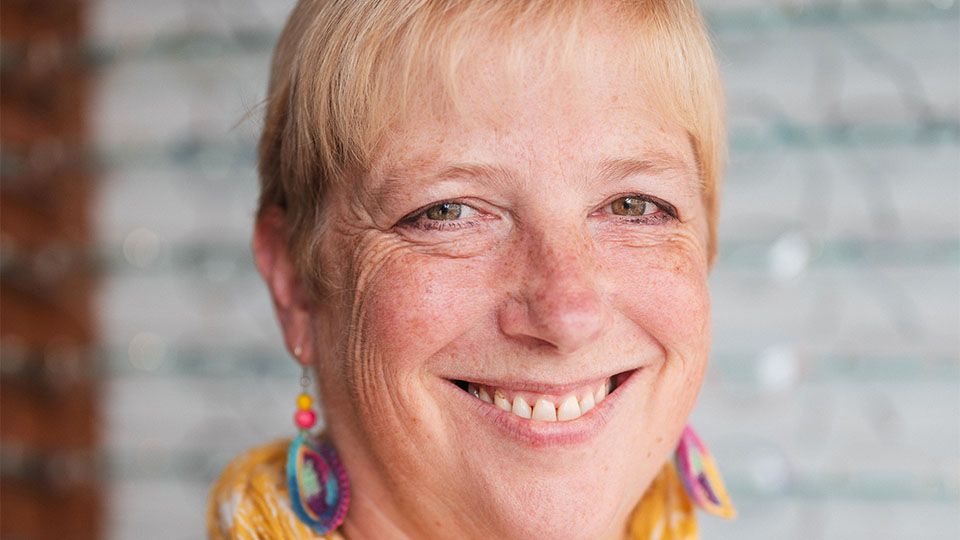
In contrast, half of the children Leitso sees within her Liskeard practice – who delight her with their unexpected questions and receive a tube of bubbles at the end of their appointment – come from households experiencing deprivation.
She added that within Cornwall, both primary and secondary care services struggle to meet the needs of the local population.
“This shortfall is highlighted in holiday season when Cornwall's population size increases by up to 50%” Leitso noted.
A limited number of MECS appointments within Cornwall means that some patients will travel up to 50-miles to visit Thompson Opticians to receive care.
“Often they have been pushed from pillar to post, so when they come to us, they are so grateful when we say ‘Yes, we will see you’,” Leitso said.
For the resident community, it can be a comfort to know that when they are worried about their eyes, they do not have to travel to wait among strangers in a hospital clinic but can be seen in a local independent practice – which has been owned by Leitso since 1998.
“They can be seen by a warm, familiar face. That helps to allay some of their concerns,” dispensing optician and practice manager, Sarah Sobey, told OT.
Sobey, who has worked alongside Leitso since 2009, plays a key role in MECS by triaging patients who approach the practice for an appointment.
She has become adept at knowing what follow-up questions to ask to ensure that the patient gets the treatment they need. All staff undergo training in the practice’s triage process.
“Everyone plays an important role in making sure that person is seen at the right time,” Sobey said.
The value of MECS was brought into sharp focus during the pandemic when Sobey and Leitso made their way to work through silent streets to take phone calls from NHS staff with broken glasses and older patients living alone who could no longer see the television or read their newspaper.
“Community Ophthalmic Link helps to reduce the burden on the health service and saves community optometrists valuable time”
The pair fielded 400 calls during the first lockdown in 2020 and saw more than 30 patients in practice.
“I think to begin with we thought we would be twiddling our thumbs, but we were busy the whole time,” Leitso said.
Even when they closed the doors at night, Sobey and Leitso took a tablet home in case they received an emergency call.
“I’m happy that we did everything we could for our patients when they needed us,” Sobey told OT.
Leitso highlighted that she was grateful to be working alongside Sobey during the pandemic.
“She is very practical, organised and methodical. It was good to be able to talk things through and share the load – I think it would have been soul-destroying to do it on my own,” she said.
As well as providing a valued service to the local community, Leitso has found that MECS enhances her own sense of professional satisfaction.
“I like the detective work element. You have to think quickly and critically to assess the signs and symptoms they are presenting with,” she said.
Both Leitso and Sobey are proud to provide MECS as a service to the local community.
“I live in the community where I work so the patients I see in practice are also the people I say ‘Hello’ to on the street,” Sobey said.
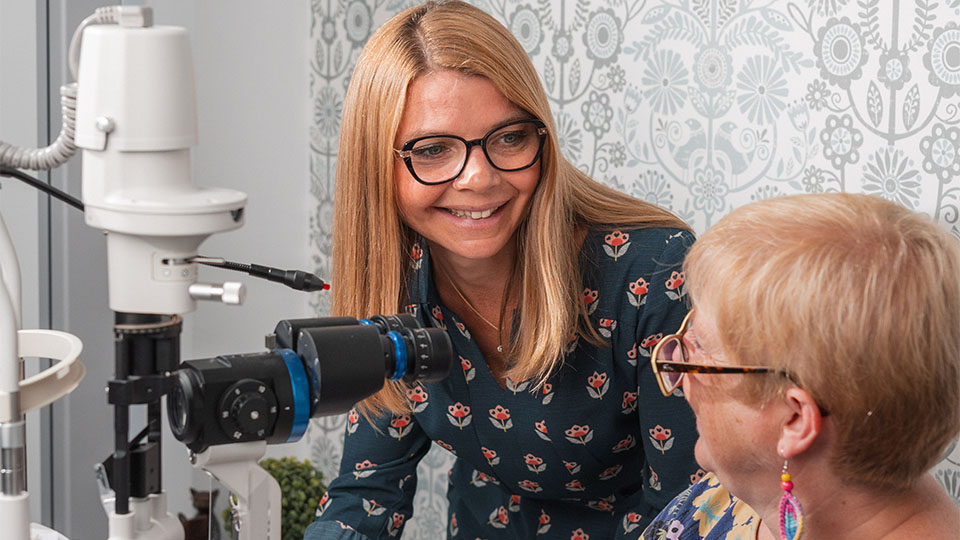
From analogue to digital
Within Gloucestershire, Community Ophthalmic Link technology is providing optometrists with secure access to a patient’s secondary care records, including photos, scans, GP letters and care plans.
The project received a 2025 Health Service Journal Partnership Award for Most Impactful Use of Technology on Clinical Practice.
The introduction of Community Ophthalmic Link has avoided around 1400 referrals annually within Gloucestershire – if similar technology was rolled out across England, the number of avoided referrals could swell to 140,000.
Gloucestershire Local Optical Committee member and IP optometrist, Ankur Trivedi, told OT that before the technology was rolled out in 2022, many optometrists would have to rely on second-hand information when trying to determine what hospital care a patient had received.
They could either go through the time-consuming process of requesting information from a patient’s GP or ask the patient whether a referral had been made.
“Patients aren’t always the best historians. You can’t always rely on the information they provide,” he said.
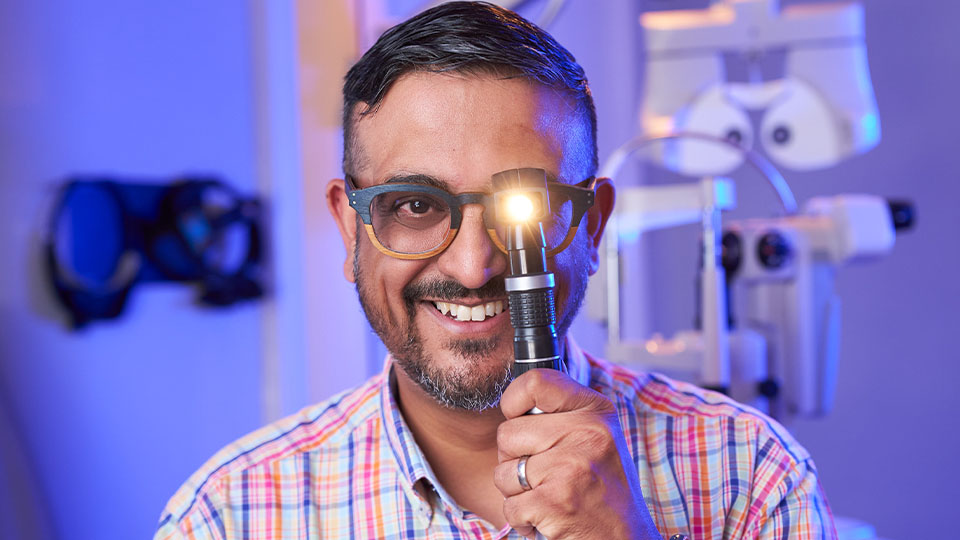
Following the introduction of Community Ophthalmic Link, optometrists in community optometry practices have direct access to a wealth of information held in secondary care – including fundus photography and full access to optical coherence tomography (OCT) scans.
Trivedi added that optometrists are able to look at the individual layers of the OCT scan.
“It is giving you a window into what the other clinician in secondary care has seen and provides more certainty,” Trivedi said.
Trivedi noted that because optometrists can quickly ascertain whether a referral has been made, this reduces the number of referrals that are made as a precaution.
“You’re not having to refer because you think this is something new that has not been seen before,” he said.
This saves patients the stress of an unnecessary hospital referral, while also freeing up appointment capacity.
“We know that resources are finite, and that there are pressures in terms of time and money,” Trivedi highlighted.
“Community Ophthalmic Link helps to reduce the burden on the health service and saves community optometrists valuable time. Utilising this technology gives us the opportunity to develop the care delivered in primary care optical practices,” he said.

From treatment to prevention
More than 4000 patients have received blood pressure readings in optometry practices in the first eight months of a hypertension pilot delivered by Primary Eyecare Services in partnership with NHS commissioners and local optical committees.
One in five patients were referred for further investigations following an abnormal reading, while 44 patients later received urgent medical intervention as a result.
The pilot is currently underway in Greater Manchester, Lancashire, South Cumbria, Gloucestershire, Cheshire and Merseyside.
Stockport resident, Norma Booth, was found to be having an “active heart attack” after she had a blood pressure check through the pilot.
Her optometrist, Gohar Majid, said that Booth came in because she was feeling dizzy and thought it might be related to her eyes.
While all the tests suggested no changes in Booth’s prescription, Majid decided to perform a blood pressure check as part of the new pilot scheme.
“It was a lot higher than we were expecting. That blood pressure test was really helpful in getting her the care that she needed,” Majid said.
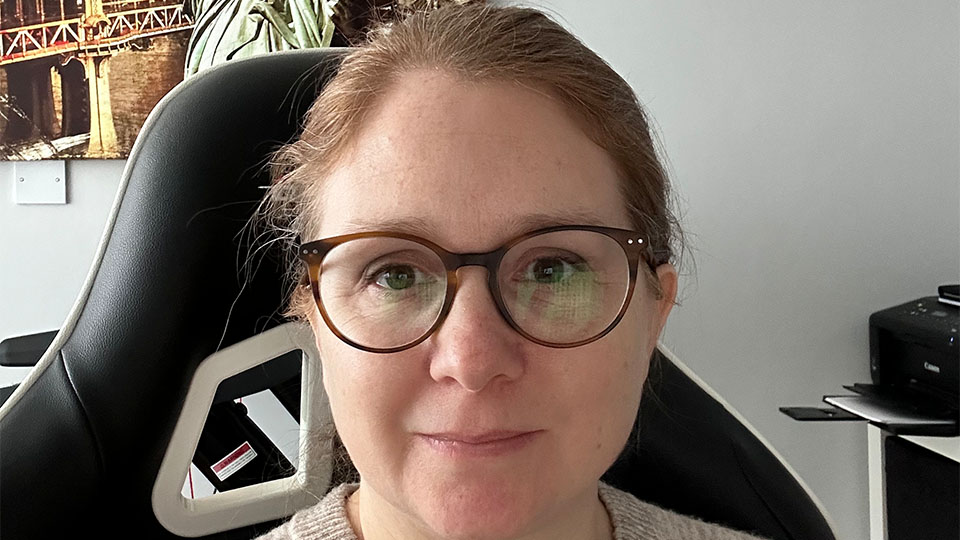
Booth was swiftly taken to hospital to receive treatment. She expressed her gratitude for the timely care she received after her abnormal blood pressure result was flagged through the pilot.
“It was a miracle – it is absolutely a lifesaver,” she said.
Ashton, Leigh and Wigan Local Optical Committee chair, Julia Maiden, explained that the 90 optometry practices that were initially selected for the pilot are located in areas of deprivation.
“By providing easy access to blood pressure checks in optometry practices, we can effectively screen underserved communities and individuals who may not seek care in other healthcare settings,” the optometrist highlighted.
“This proactive approach not only helps in identifying hypertension early but also promotes overall health awareness and encourages lifestyle changes,” Maiden emphasised.
“By providing easy access to blood pressure checks in optometry practices, we can effectively screen underserved communities”
She said that the pilot is an example of how optometry practices can support a more sustainable healthcare model.
“When hypertension is detected early, it leads to timely interventions that prevent the progression of cardiovascular disease, ultimately reducing hospital admissions and the need for more complex treatments,” she observed.
Any member of the optical team who has received the appropriate training can perform a blood pressure check as long as the patient meets the eligibility criteria.
“This can occur at any point during the patient’s visit – whether they’re browsing spectacle frames, collecting glasses, or attending an eye exam or contact lens check,” Maiden highlighted.
In Greater Manchester, blood pressure checks can be performed on patients, who are over the age of 40 and have not had a blood pressure check in the past six months without an existing hypertensive diagnosis. They should be registered with a GP in Greater Manchester.
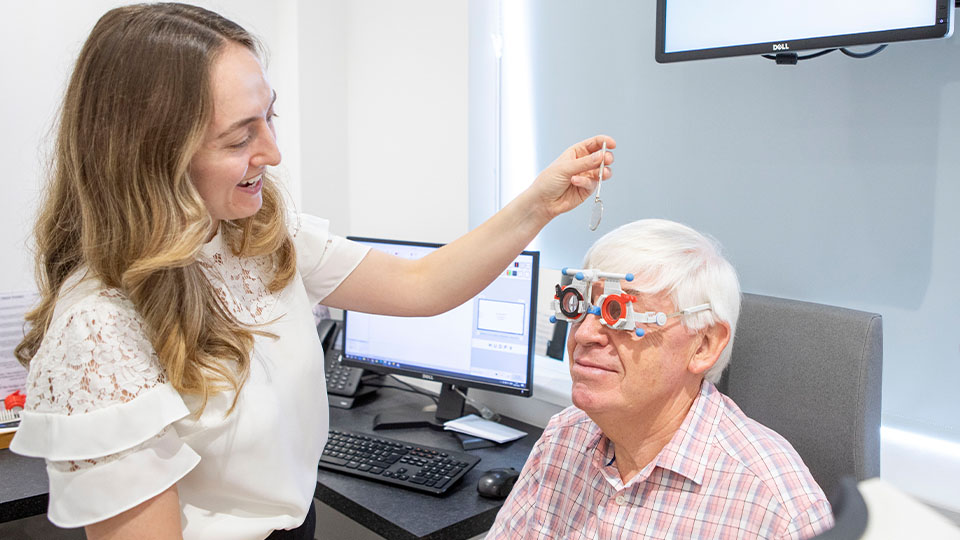
Pioneering clinical care in South East London
Within South East London, a raft of clinical services are adding variety to the working days of optometrists while also providing patients with convenient, familiar care.
Paediatric, glaucoma and cataract referral refinement appointments help to reduce unnecessary referrals into the hospital eye service.
Alongside hydroxychloroquine monitoring, optometrists perform post-operative cataract checks and make eye care accessible to those with learning disabilities and autism through the Easy Eye Care pathway.
Patients with urgent eye problems can receive treatment through a MECS appointment. A naevus monitoring pathway and IP Optometry Service are planned for later in the year.
IP optometrist, Josie Evans, offers a variety of extended services at Linklater & Warren in Bexleyheath and Chislehurst.
“The best days are when you only have two or three of the same types of appointments in a row. You might have routine eye examinations interwoven with paediatric appointments and extended clinical services. I think that variation is really key to a happy working day,” she said.
She told OT that patients are often surprised when they ask the receptionist how much they owe for the appointment and are informed that the extended clinical services are NHS funded.
“When patients have urgent or emergency symptoms, they are particularly grateful for the care that we provide,” Evans said.
“It does really feel like you’re having a big impact on not only their health but their wellbeing, because we are giving them that peace of mind,” she observed.
Linklater & Warren clinical director and IP optometrist, Matthew Carter, highlighted that the extended services save the hospital eye service time and money.
“These services are beneficial for the patients because they are seen quickly and conveniently,” he said.
“It also means my optometrists are happier because they are upskilling and it breaks up their working day,” Carter shared.
Behind the scenes of our Prevention and policy edition
Practices in Liskeard and Cheltenham feature in an edition that showcases how eye care professionals can support the NHS
AOP campaign: You won’t see it coming
AOP Board member, Ankur Trivedi, recently featured in the AOP’s glaucoma campaign, You won’t see it coming, highlighting how a postcode lottery in care is driving late diagnosis and treatment, and leading to preventable sight loss. The AOP is calling for action in England to ensure optometrists in practice can protect the public’s eye health by detecting, monitoring and treating glaucoma. Find out more online.
- Explore more topics
- NHS and health
- AMD
- Glaucoma
- Cataracts
- Extended services
- Independent
- Treatment
- Independent prescribers
- Feature
Advertisement



Comments (0)
You must be logged in to join the discussion. Log in